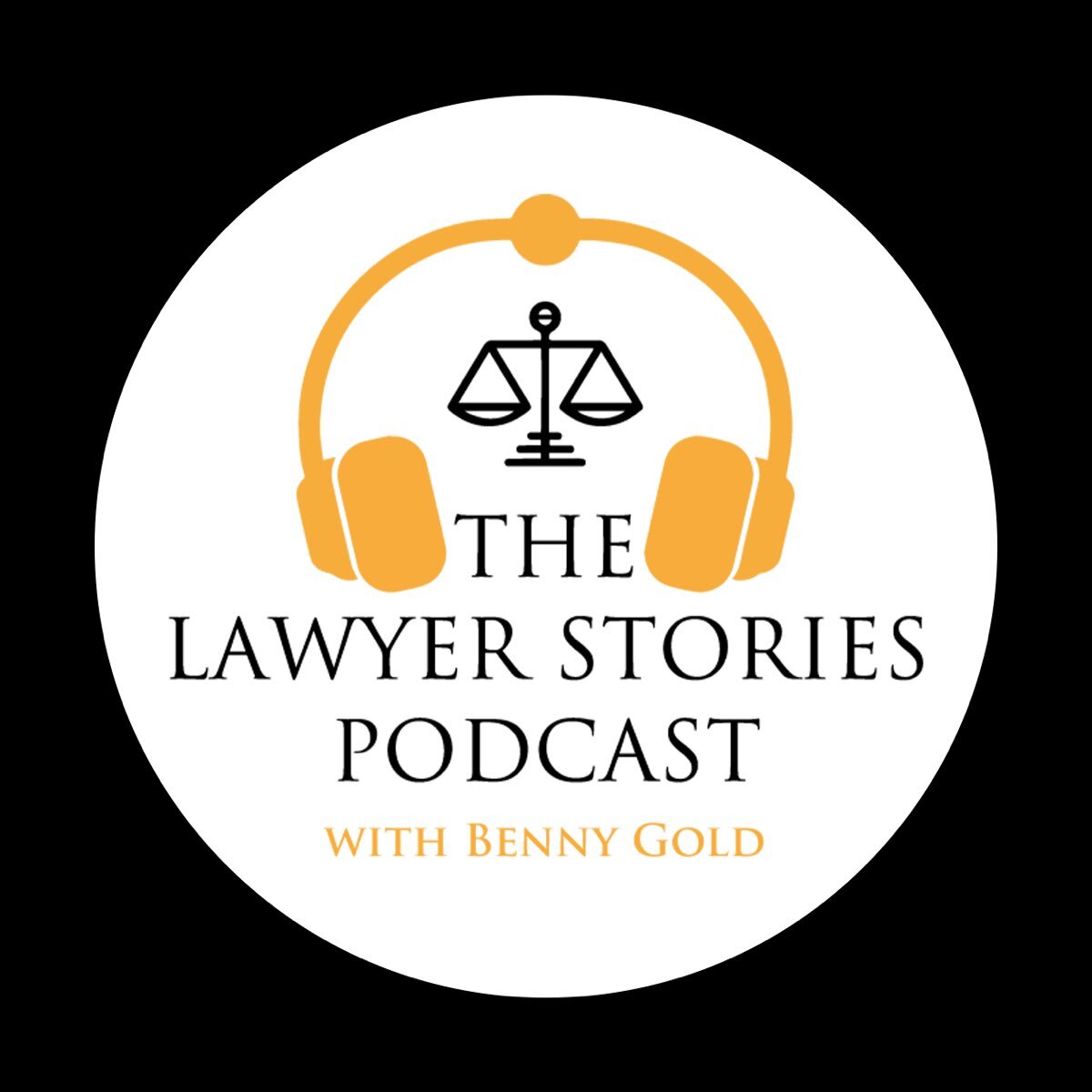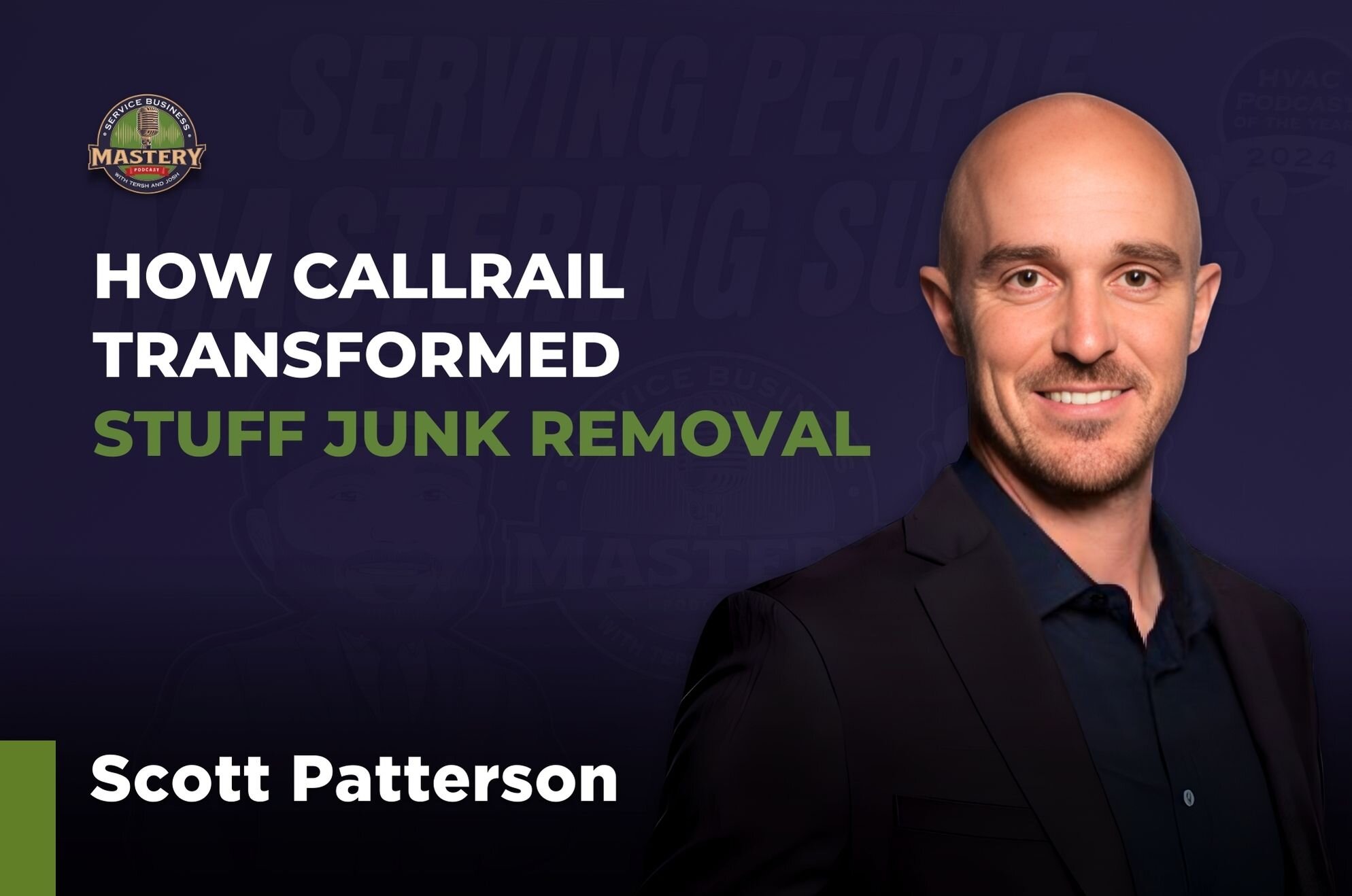This is a guest post by Vice President of Envoca Search Marketing, Deborah Forrister. As one of CallRail’s Agency Partners, Envoca Search Marketing is an agency located in Plano, Texas, with more than 16 years of digital marketing experience. The company works with law firms, financial firms, and professional services firms to create an internet presence that positions them as the experts in their field.
Only a handful of marketing channels come close to SEO when it comes to the phenomenal results it delivers.
But SEO is also one of the channels that require incredible investment. Achieving rankings and generating organic traffic takes time, effort, and resources, after all.
So, it can be particularly devastating to discover that those efforts have gone to waste because you haven’t future-proofed SEO strategies against search engine algorithm changes or manual penalties.
In this post, I’ll help you avoid making that mistake. In fact, I’ll share with you strategies and advice to prevent losing rankings and traffic due to any potential changes to SEO.
Before we get to that, we must address one thing:
Why is achieving organic visibility so challenging?

At first sight, SEO may seem simple. All you need to do to rank and generate search engine traffic is to optimize your site and ensure that it targets as many ranking factors as possible.
But in reality, search engine optimization is quite a complex discipline. Ensuring that a website’s code and content meet all the search engine criteria requires working on a whole range of SEO strategies.
There’s technical SEO, on-page optimization, local SEO and search listing optimization, content writing, link building, and so much more. Many of those areas contain various moving elements that you have to coordinate.
Plus, with the constant changes to how search engines’ algorithms work and advancements in technology, SEO’s complexity is only going up.
Consider just one factor alone - Google algorithm updates. The search engine regularly tweaks its algorithms, brings new functionality, and improves its indexes and ranks content. But did you know that there are, at least, a couple of hundred such updates a year?
Now, not all of them change the way we, SEOs, work. But the major updates can. Some of those updates change how Google processes search queries. Others improve the search engine results pages, adding more featured snippets and other elements.
As SEOs, we have to keep tabs on those changes and often shift our processes and strategies to accommodate whatever’s new in the algorithm.
The good news, algorithm changes do not affect everything in SEO. Many strategies remain timeless and allow you to ensure that your efforts continue to generate results, even after a major update. But for that to happen, you must understand what these strategies are.
What makes a timeless SEO strategy
Many companies continue to dominate search engine rankings. Most likely, you have competitors whose pages come up in your searches regularly. What’s more, their rankings don’t seem to change or shift in any way.
If you’ve analyzed their SEO, you may have discovered that their strategies focus on the core essentials of search engine optimization:
- Those companies conduct thorough keyword research and understand how buyers search for their products or services.
- They build a long-term plan and strategy to maximize their SEO efforts.
- Such businesses also create fantastic content that delivers on their audience’s search intent.
- Those companies put a lot of focus on ensuring correct and robust on-page optimization.
- Finally, they build quality links (instead of focusing just on increasing the number of their company’s mentions online, regardless of how strong such a mention is).
What’s more, marketers in those companies rarely fall for shiny object syndrome in SEO.
New strategies or approaches to various SEO elements emerge often. Some result from various algorithm updates: others are new ideas put forth by other industry practitioners.
And just like many of those ideas offer great opportunities, they can also sway a marketer to focus on them rather than the foundational essentials of a timeless and robust SEO strategy.
Now, there’s nothing wrong with implementing new ideas. However, it’s best to do it once you have done the foundation of SEO and future-proofed your efforts.
Tips and strategies to ensure timeless organic strategy

#1. Focus on topics and keywords related to your product or service first
Most of your SEO efforts revolve around creating and optimizing content. From keyword research to uncovering topics your audience cares about, down to publishing pages optimized to rank for those phrases, SEO is so much about content.When planning your content, however, keep your product or service close to mind. Instead of starting with general advice, however, focus on phrases with close proximity to purchase first.
Doing so will offer several benefits:
- Since these keywords relate to your business category, you’ll quickly establish topical authority with content.
- You’ll deliver business results - leads, inquiries, etc. - much faster too. You’ll be targeting searchers with commercial intent, after all.
2. Focus on the user experience
Search engines pay attention to the quality of user experience on the site. Quality signals like bounce rate or time spent on a page continue to affect how content performs in the search results.In short, Google will reward content that users find engaging with higher rankings. At the same time, any page that fails to meet those expectations is unlikely to appear on page one of the search result.
When working on your SEO, focus on delivering a strong user experience. Ensure that your pages are engaging, easy to read (also on the mobile), and include all the elements and answers a searcher would expect to find when typing a keyword into the search box.
3. Build organic and high-quality backlinks only
Backlinks build authority and contribute to higher rankings. But not all links are the same. Some link building strategies deliver the authority you need. Others might get your site penalized.You can tell the two apart quite quickly. Strong links are much harder to build and rarely happen at scale.
When building links and mentions, use non-scalable strategies like guest posting on major industry sites. Avoid quick link-building schemes, as these typically deliver mentions that can get your business penalized.
4. Invest in a long-term content strategy
Content and SEO go hand in hand. You know that a lot of your work on generating organic traffic will revolve around creating and optimizing content.Producing relevant content will continue growing your search visibility and drive rankings, traffic, and leads. For that to happen, though, you must work on the content continuously over the long-term.
Unfortunately, I regularly see companies doing the opposite. They publish a handful of blog posts or other content assets and wait for the results to happen.
For content to drive traffic and leads, you have to publish new assets consistently to target more and more keywords and position the brand where customers look for products or services like yours.
5. Review and update your existing content
Review your content regularly and improve its on-page optimization. There are several reasons for that:- It’s hard to hit the mark and write content that meets all the criteria to rank on the first try. Sometimes, you have to go back and update a page to get it to rank.
- The search intent behind the keyword can vary. A phrase that once might have had an informational intent may now be attracting customers who are ready to buy. As a result, all the content that no longer meets such criteria will drop in rankings. Therefore, your only option to retain rankings is to update the page to target the new search intent as well.
6. Monitor the results through volume and quality
Rankings and traffic are amazing outcomes of an SEO strategy, and certainly, metrics to track to monitor your progress. But to future-proof your efforts, focus on monitoring their quality as well.
For example, monitor your conversions from organic search, particularly their volume and quality.
At Envoca, we track two conversions on our clients’ websites: lead capture form completions and calls.
We use CallRail to monitor the number of conversions per month and also evaluate lead quality. When doing so, we look at the length of a call and what pages the caller has viewed before calling to assess their purchase intent.











